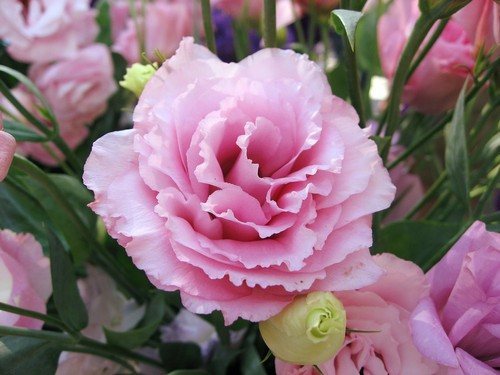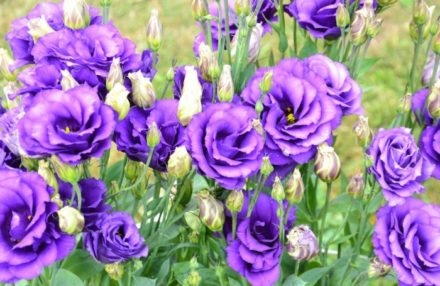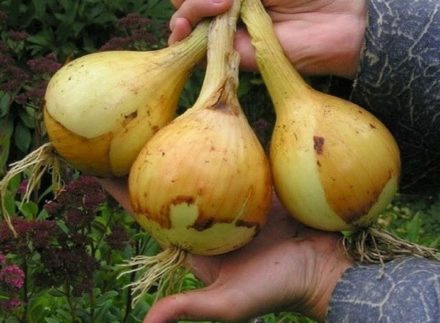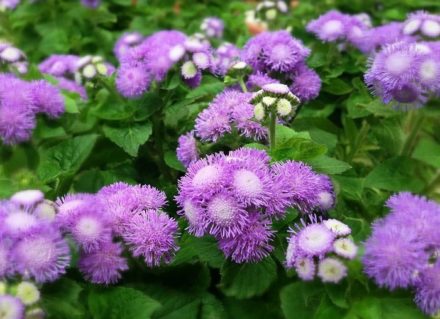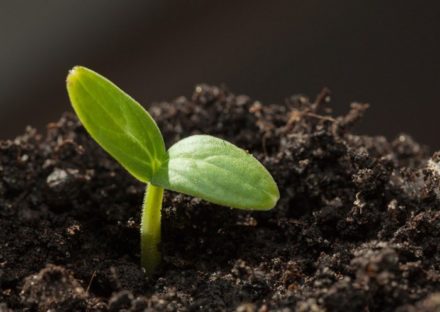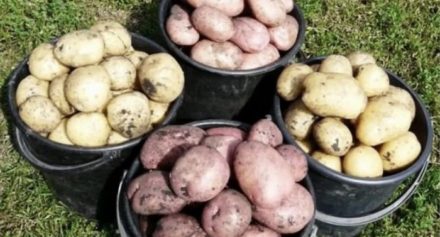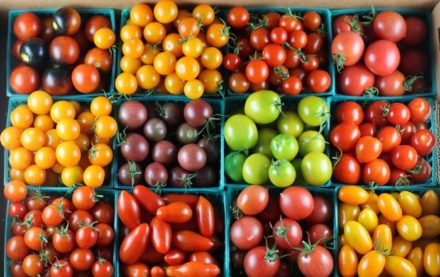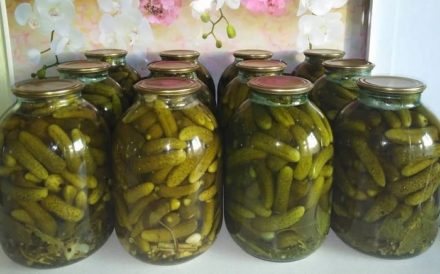Eustoma, or Lisianthus, is an incredibly beautiful flower that will decorate not only a flowerbed, but any bouquet. The plant is whimsical, capricious, many gardeners suffer “defeat” in their efforts to grow it. To successfully sow and get healthy seedlings, as well as grow strong seedlings, several conditions must be met.
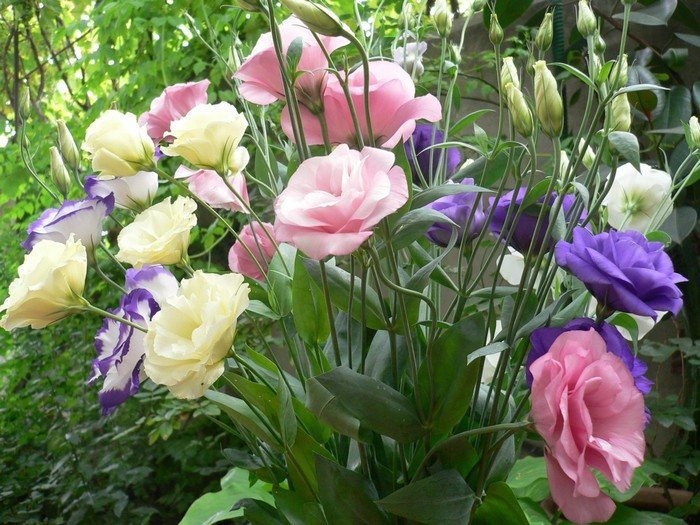
Important conditions for sowing Eustoma
- High-quality seed material, which is best purchased in a specialized store. The shelf life of seeds is no more than two years. If you collect seeds at home, you need to choose healthy, strong plants with ripe seed pods. And their collection should be carried out in the evening before dew falls on a dry day. Seeds collected at home must be stratified before sowing and soaked in warm water for 1-2 days before planting (growth accelerators can be added to the water).
- The timing of sowing will depend on the region where the Lisianthus variety is germinated and the purpose of growing in open ground or in pots. Siberia, Ural - November-December, Middle zone - January-February, Southern regions - April-March. Early varieties are planted later, for example: for central Russia, planting is planned in February, and if the seeds are medium or late, then even in January.
- The soil should be loose, light, neutral or slightly acidic, nutritious. Soil moisture is an equally important condition for growing.Eustoma does not like the soil to overflow and dry out, so it is necessary to constantly keep the soil moist using drip irrigation or spraying water from a spray bottle.
- Illumination and temperature. The birthplace of the flower is Mexico, the USA, so the plant needs to create the most similar conditions. The soil should be constantly warm (19-23 degrees), air temperature - 19-22 degrees. When sowing seeds, you should purchase a special lamp, since the flower needs a long daylight hours for germination - 15-17 hours.
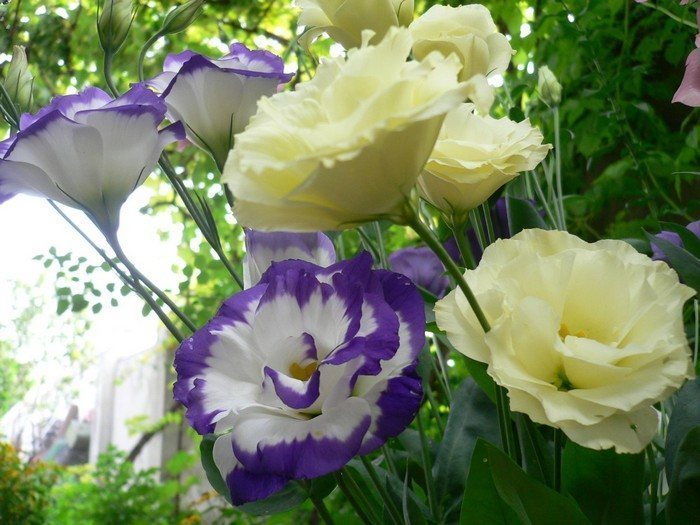
Important! It is better to scatter the seeds over the surface of the soil; there is no need to bury them. The roots will appear from above, and if you maintain constant humidity and ventilate the containers with seedlings, they will sink (sprout) into the soil themselves.

Planting in peat or coconut tablets
Peat and coconut tablets are very convenient for germinating seeds. They already contain all the nutrients and are excellent for transplanting into open ground or pots without disturbing the root system; their shell is simply easily removed or it is made of environmentally friendly material, which will gradually mix with the soil as the root system grows. They do not need to be treated additionally against pests and diseases that often get into ordinary soil.
- Prepare a container (preferably with a transparent lid) in which the tablets will soak and stand; you can use a regular plastic container.
- Pour the settled warm water into the container with the tablets. Let stand for 1-2 hours so that the tablets soak and become saturated with moisture. They will increase in size several times.
- When the tablets have swollen, drain off excess water.Put 1-2 seeds into each tablet using a wooden stick.
- After all the seeds have been sown, moisten the soil with a spray bottle and cover the container with a lid.
Shoots will appear in 10-15 days, if the growing conditions are not violated. If the seeds are too old or the conditions have been disturbed, shoots may appear in 15-20 days.
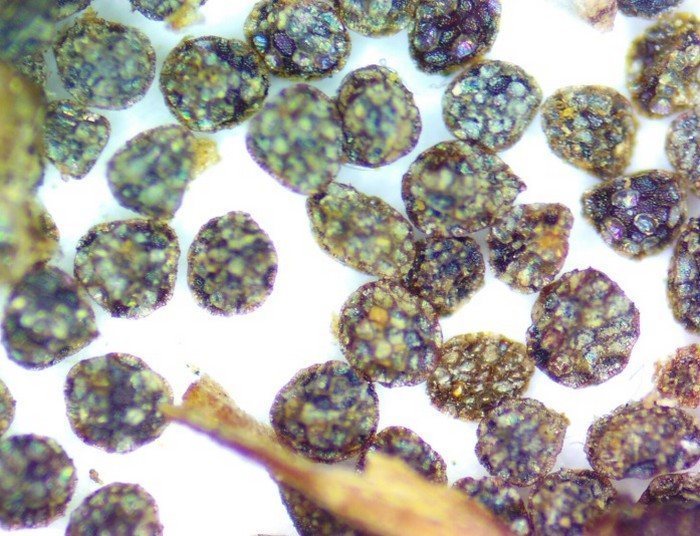
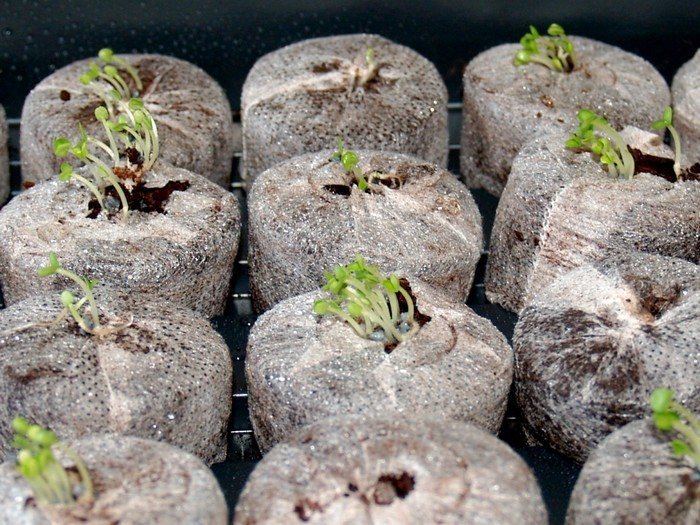
Sowing in home soil in cups or containers
To plant in cups, it is important to take care of purchasing high-quality soil or prepare it at home.
For Eustoma, you need light soil, with good thermal conductivity, so that it retains moisture for a long time, but at the same time there is no stagnation of water.
Planting stages
- To prepare you will need:
- high-moor peat – 1 cup;
- vermiculite – 1 cup;
- perlite – 0.5 cups;
- soil from the garden - 1 cup;
- river sand - 0.5 cups.
- It is better to steam soil from the garden, river sand and high-moor peat in the oven before use to reduce the likelihood of diseases in plants and pests. Mix everything in a separate container.
- Transparent cups with a lid, or you can take 200-gram cups for the soil, and instead of a lid on it, use 100-gram cups. Make several holes at the bottom to drain excess liquid.
- Place a layer of fine expanded clay on the bottom of the container. Pour the prepared soil on top, which should be thoroughly shed with warm water.
- When the excess liquid has drained, plant 2-3 seeds in each container.
- To cover with a lid.
Before the shoots appear, the lid is not opened only if the soil is dry.When the first shoots appear, you will need to ventilate the mini-greenhouse daily.
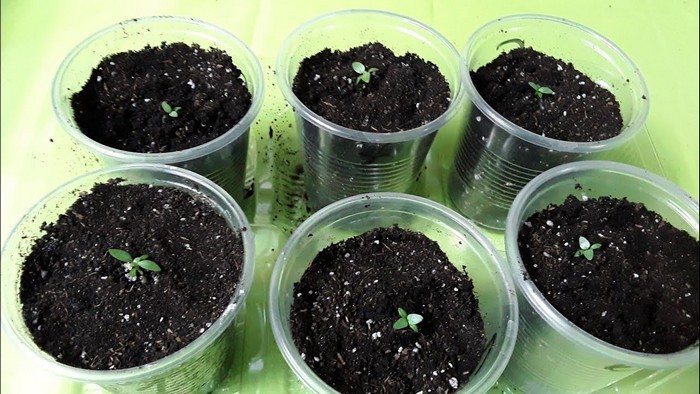
Sowing in a greenhouse
This method is quite complex and is mainly used for growing cut flowers for bouquets. The greenhouse should be well equipped: heaters, humidifiers and an irrigation system. Just as for planting in cups, nutritious light soil is prepared in the greenhouse before sowing.
- Vermiculite and high-moor peat or coconut substrate are added to the greenhouse soil.
- 2-3 days before sowing, the soil is spilled with phytosporin or a pale pink solution of manganese.
- You should not sow seeds all over the greenhouse at once; it is enough to separate a small area, since the seedlings will need to be transplanted (pick seedlings) to a permanent place in 1-1.5 months by transshipment.
- Moisten the soil and make small depressions no more than 1 cm at a distance of 4-5 cm. Place the seeds in them.
- Cover the top of the sowing area with transparent polyethylene or cover each hole with small cups.
After the first shoots appear, air humidity and temperature are not reduced, but polyethylene is periodically raised to ventilate and irrigate the seedlings.
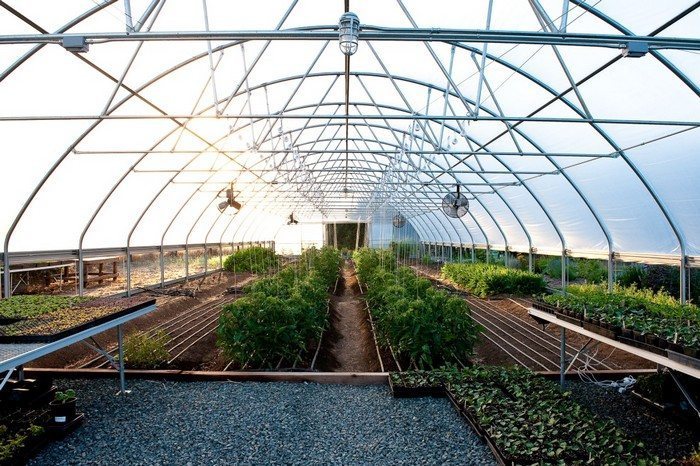
It is not difficult to grow the beautiful Eustoma from seeds, the main thing is to follow the rules of agricultural technology and have patience, since the plant blooms in 150-180 days, depending on the chosen variety.


